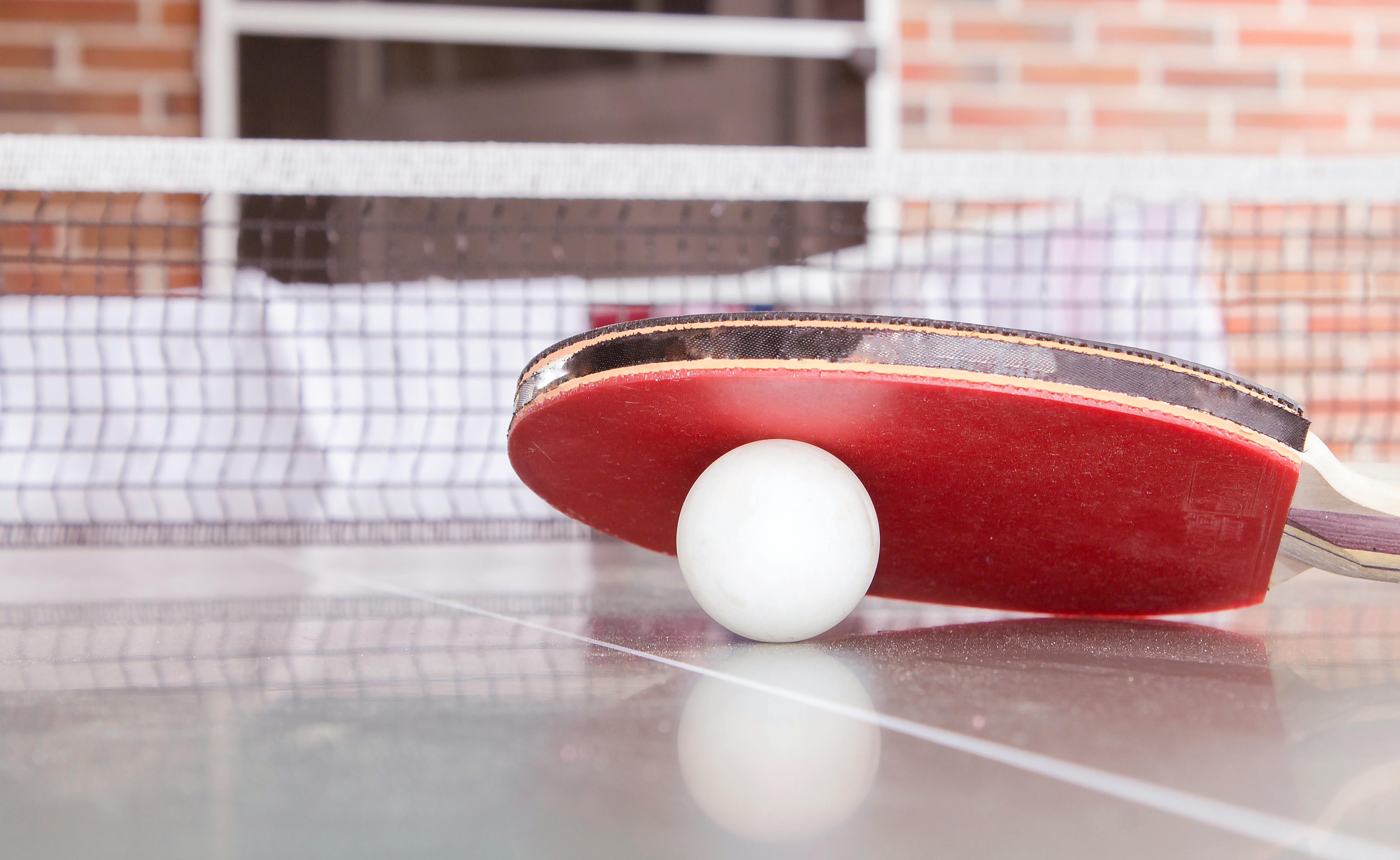Chasing Shadows: The Intriguing World of Table Tennis Strategies
Table tennis, more commonly known as ping-pong, isn't just a pastime for family gatherings or friendly garage matches. It's a sport of agility, precision, and strategic prowess. This article will delve into the fascinating world of table tennis strategies, providing an in-depth analysis of their history, evolution, benefits, challenges, and real-world applications. This is a fresh insight into a topic that has been widely overlooked in the realm of sports analysis.

Spinning the Ball: The Birth of Table Tennis Strategies
Table tennis was born in the late 19th century. Initially a parlor game played among the upper-class in England, it quickly evolved into a sport with competitive strategies. The introduction of spin shots, where the ball is hit in such a way to change its trajectory, marked the birth of strategic play in table tennis. This development revolutionized the game, requiring players to anticipate and counter their opponent’s moves, setting the stage for the strategic complexity we see in today’s game.
From Spin to Speed: The Evolution of Tactics
Over the years, table tennis strategies have evolved in response to changes in equipment, rules, and player skills. In the early days, the focus was primarily on spin shots. However, with the introduction of sponge rubber paddles in the 1950s, the game became faster, and speed became a crucial factor. Today, strategies in table tennis are a complex mix of spin, speed, and placement, designed to exploit an opponent’s weaknesses and control the flow of the game.
The Art of Deception: Current Table Tennis Strategies
Modern table tennis strategies are as much about deception as they are about precision. Players use a variety of serves, loop shots, and smashes, often with disguised spin or direction, to keep their opponents guessing. The objective is to create opportunities to score and prevent the opponent from launching an effective attack. Expert players may also employ psychological strategies, such as changing the pace or style of play, to disrupt their opponent’s rhythm.
The Benefits and Challenges of Strategic Play
Strategic play in table tennis offers several benefits. It can give players an edge over their opponents, making the game more exciting and unpredictable. Moreover, it encourages players to develop a deeper understanding of the game, enhancing their skills and improving their performance.
However, playing strategically also comes with challenges. It requires a high level of skill and mental agility. Players need to be able to make quick decisions, anticipate their opponent’s moves, and adapt their strategies on the fly. Moreover, mastering different shots and spins takes considerable time and practice.
Applying Table Tennis Strategies in Real-World Scenarios
While table tennis strategies are primarily used in competitive play, they can also be applied in recreational games to make them more enjoyable and challenging. Moreover, the strategic thinking and quick decision-making skills developed in table tennis can be beneficial in real-world scenarios, such as problem-solving and crisis management.
In conclusion, table tennis strategies offer a captivating glimpse into the tactical complexity of this seemingly simple sport. They reveal a game of mental agility and strategic cunning, where every serve, shot, and spin can tip the balance of power. So, the next time you pick up a paddle, remember: table tennis is not just about hitting a ball—it’s a game of strategy and skill, where the real battle is often played out in the mind.




